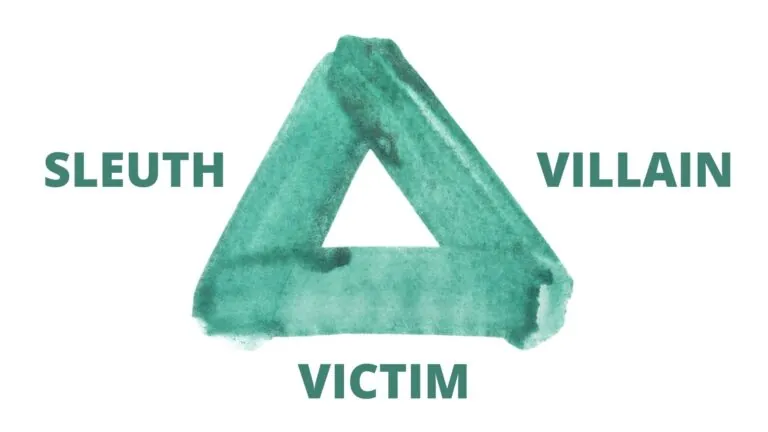What Makes a Mystery a Mystery?

Lay Out the Puzzle Pieces
A mystery is a search for the truth. It’s a puzzle the reader wants to solve, along with the sleuth. When you write a mystery, you create the puzzle that leads toward the revelation of the villain. Along the way, mystery fans have expectations of what they want, and they want you to meet those expectations.
Readers expect not just a good puzzle but an engaging sleuth to lead them through solving the mystery. But that’s just one of the expectations.
Mystery Elements
A trope is a literary device relating to a plot element or character commonly used in a genre. Mystery tropes represent those reader expectations they expect to find when you promise them a mystery.
An Engaging Sleuth
If you want your reader to keep reading, they must care. Create a sleuth with a personality and traits that engage your reader. The sleuth is their guide through the mystery puzzle. If they care about the sleuth and their challenges, they will care about the story.
The Crime
To be a puzzle to solve, the story must have a crime that needs to be solved. Usually, it’s a murder, but not always. In television writing, it’s called start to the corpse. So, first off, you need a crime for your sleuth to solve.
Evidence Hunt
There’s a body. Now it’s time for your sleuth to start looking for clues. This is the sleuth’s initial probing into how and possibly why the crime happened. The clues and evidence may lead to suspects. Evidence collection can include the crime scene, the victim’s body, and the victim’s home or place of work.
Suspect Identification
The suspect list grows from anyone on hand at the crime scene to searching for possible connections to the victim. One suspect may refer your sleuth to someone else who becomes a suspect. The list grows.
Suspect Questioning
This is the fun and games of mystery writing, as your sleuth tries to probe the suspects. Each suspect has their secrets, which whether they pertain to the murder or not, they want to hide. The more your sleuth asks questions, the more they learn about the victim.
The Lost Moment
Your sleuth has gathered evidence and questioned suspects, but nothing fits into place. It’s as though there is a veil over everything. However much he or she tries to put together the puzzle pieces, they don’t make sense. Your reader may have suspicions, but they, too, are baffled.
The New Path
Whether re-examining what he/she knows so far, or discovering a new aspect, the sleuth begins to narrow down the suspects. Armed with new questions, the sleuth approaches the suspects with a broader vision of the victim and their relationship to the suspects.
The Villain’s Win
Even though the true villain is hidden from the sleuth, they cause something to happen that makes it worse for the sleuth. There may be a threat to life, or an erasure of a clue, or a complete misdirection that leads the sleuth away from discovering who is truly behind the conflict.
Enlightenment
Finally, all the puzzle pieces come together. The sleuth knows who is the villain. You may keep all the connections hidden until the next phase, the summation.
The Summation
The sleuth confronts the villain and reveals their identity. He may sum up all the clues that led to uncovering the villain’s identity.
Managing the Elements
Every writer has their own way of creating a mystery. From point of view to mystery subgenre, the story will be unique to you. Your style and tone create connections with readers.
Creating reader interest and then sustaining the interest by creating questions and raising stakes as the story progresses. The first half of your mystery focuses on who was involved with the victim and how they interacted. You broaden the scope of relationships. In the second half, you narrow the scope, but go deeper into the suspects and their motives. You narrow the scope by eliminating the suspects one by one, until your sleuth discovers the true villain.
Subplots add depth to your mystery and can be about anything from the sleuth’s inner conflict to a sidekick’s love interest.
If you cover the elemental mystery tropes, readers will appreciate your story. Create the puzzle, keep your readers asking questions, and guide them on with your relatable sleuth.
Learn more about writing a mystery at Write A Killer Mystery.




